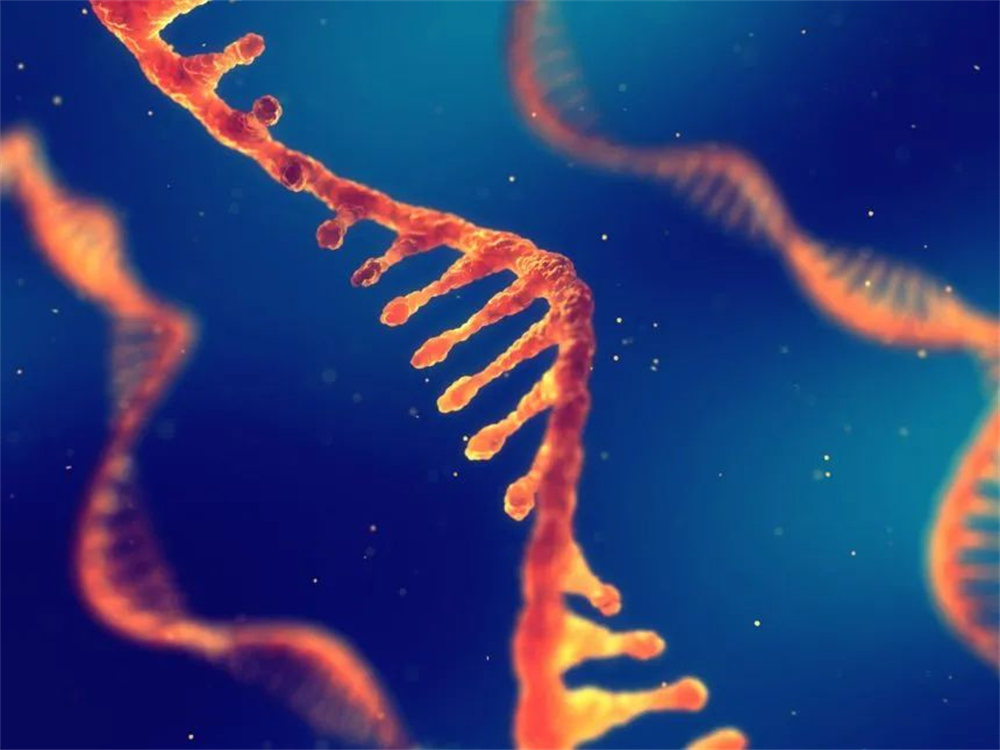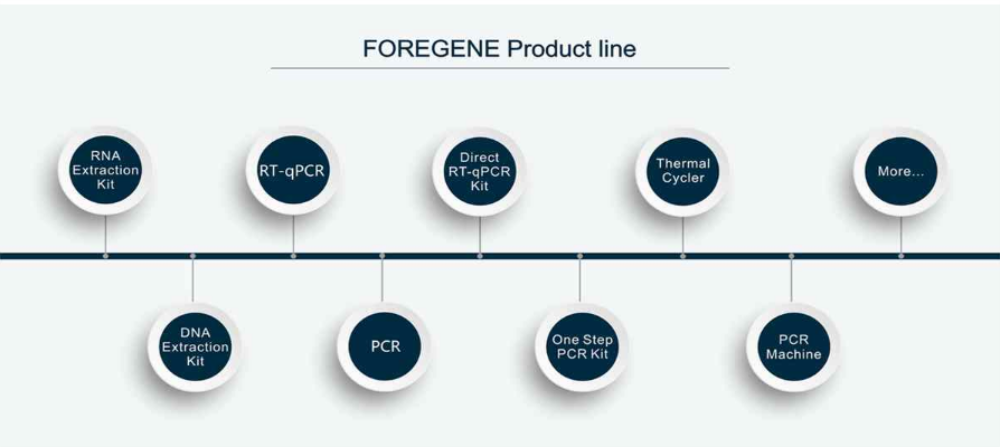RNase is a sensitive word that many students who often conduct RNA extraction experiments do not want to hear. Fully armed, the RNA that was finally extracted with the highly toxic reagents phenol and chloroform was degraded. I am not reconciled! ! ! Today, let’s take a look at the origin of the famous Rnase.
Ribonuclease (RNase), or RNase, is a nuclease that can hydrolyze RNA into small molecules. RNase, as a small molecule protein, is unusually stable . Conventional high temperature and high pressure steam sterilization and protein inhibitors cannot completely inactivate it. The stability of RNase mainly comes from the disulfide bonds in the structure. For example, the commonly used RNase of bovine pancreas has only 124 amino acids, but contains 4 disulfide bonds. Sulfur bond and disulfide bond endow RNase with excellent thermal stability. In addition, rnase has a relatively small molecular weight and can quickly restore its original conformation in many cases.
In addition to being extremely stable, RNases are ubiquitous in the laboratory . RNase is a biological defense mechanism. For a cell, exogenous RNA is often fatal. Compared with exogenous DNA, exogenous RNA is often more dangerous. RNA is happily transcribed and translated, so almost all organisms have evolved RNases to defend against the invasion of exogenous RNA. Therefore, the bacterial cells cultivated in the laboratory and you who extract RNA exude the aroma of RNase. Human body fluids (saliva, tears, etc.) contain a large amount of RNase, so don’t cry when RNA is degraded. The more you cry, the worse the RNA degradation! ! Sister Daiyu is not suitable for RNA extraction!
In addition, your delicate skin also contains a lot of RNase, and the markers, pipettes, refrigerator doors, and door handles that have been touched by the skin also contain RNase.
With so much rambling, let’s take a look at how to deal with RNases.
The first thing that everyone thinks of when removing RNA is DEPC ( diethyl pyrocarbonate). DEPC mainly denatures the protein by combining with the imidazole ring of the RNase active group histidine, thereby inhibiting the activity of the enzyme. 0.1% DEPC can have a better removal effect on Rnase, but we need to pay attention that DEPC is a known carcinogen, so special attention should be paid when using it.
For RNase, we need to start from two aspects, the first is to inhibit the activity of endogenous RNase
Conventional RNA extraction reagents such as guanidine isothiocyanate and DTT contained in Trizol can open the disulfide bond of RNase, but there are still some RNases, especially in tissue samples, so pay attention to low temperature.
1. Immediately immerse the tissue sample in liquid nitrogen after taking it out, or in a commercial RNA preservation solution.
2. After extracting the RNA of the cell sample, add it to the lysis solution and lyse it on the ice box
3. It is best to use liquid nitrogen for grinding when tissue samples are homogenized. When using an electric homogenizer without liquid nitrogen, pay attention to fully pre-cooling the homogenate adapter.
The second is exogenous DNase
1. Be fully armed, wear a lab coat, wear a mask, and be sure to wear a pair of new gloves (don’t be so thrifty!! It should be noted that Trizol is super corrosive, and it is also very strong through gloves, so don’t drip on your hands).
2. All the used pipette tips, EP tubes, PCR tubes and other equipment must be de-RNase treated. It can be soaked in 0.1% DEPC and then pressurized under high pressure. Pay attention to the operation in a fume hood. Local tyrants can directly buy consumables for removing enzymes.
PS: Let me tell you a lazy method. Although high temperature and high pressure cannot completely remove RNase, it will remove a large part of it. 2 times of high temperature and high pressure has a good effect, and the extraction of RNA has little effect.
3. Alcohol can denature proteins, so the RNA extraction table can be wiped with 75% alcohol , and gloves can also be sprayed with alcohol.
4. The final RNA dissolving solution and centrifuge tube should also be de-RNase treated. DEPC water is a commonly used RNA dissolving solution. Let’s talk about the correct preparation method of DEPC water (remember to repackage the commercial DEPC when you buy it)
Add DEPC to ultrapure water at 1:1000, shake well, let stand overnight at 37°C, and sterilize at 121°C under high temperature and high pressure for 15 minutes. DEPC water can be stored at -20°C in 1ml aliquots.
Finally, to sum up: low temperature is the key, consumables are handled well, fully armed and less talk!
Well, that’s it for today’s strategy. I wish you all the RNA concentration and purity you mentioned. Both A260/A280 are 2.0! ! !
Of course, if you use a room temperature operation RNA extraction kit, you may not encounter the above troubles.
Operation at room temperature, without adding DNase, extracts total RNA from cells in 11 minutes, and extracts total RNA from animal tissues or plants in 30 minutes.
For trial samples, please contact: overseas@foregene.com
Related Products:
https://www.foreivd.com/cell-total-rna-isolation-kit-product/
https://www.foreivd.com/animal-total-rna-isolation-kit-product/
https://www.foreivd.com/plant-total-rna/
Post time: Aug-25-2022











